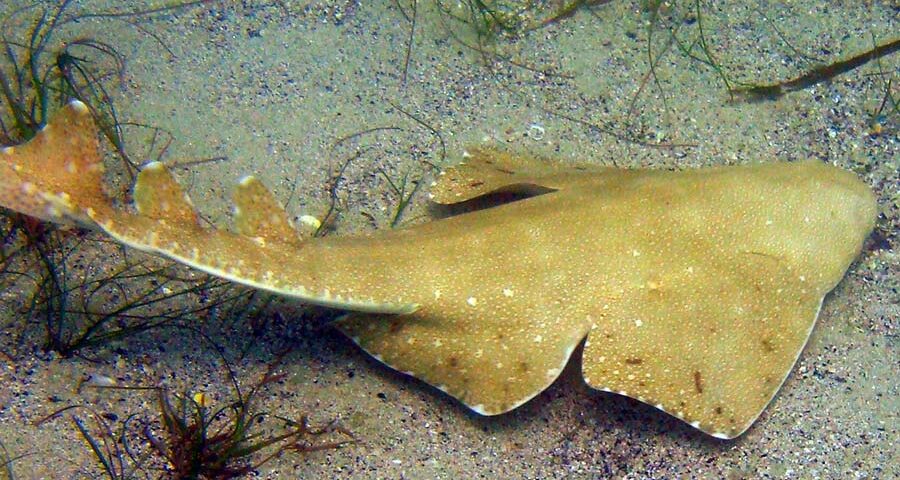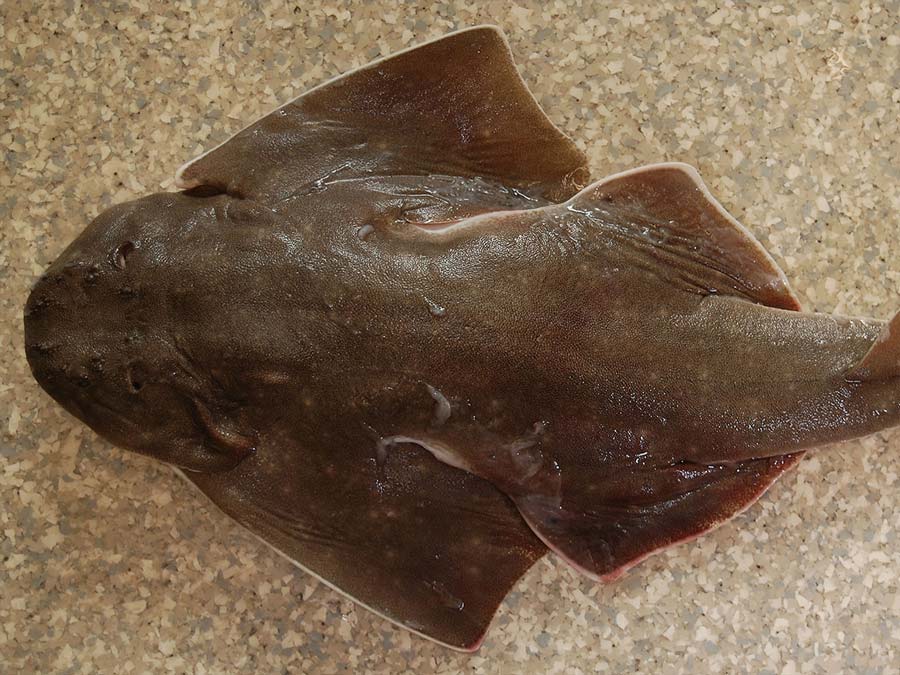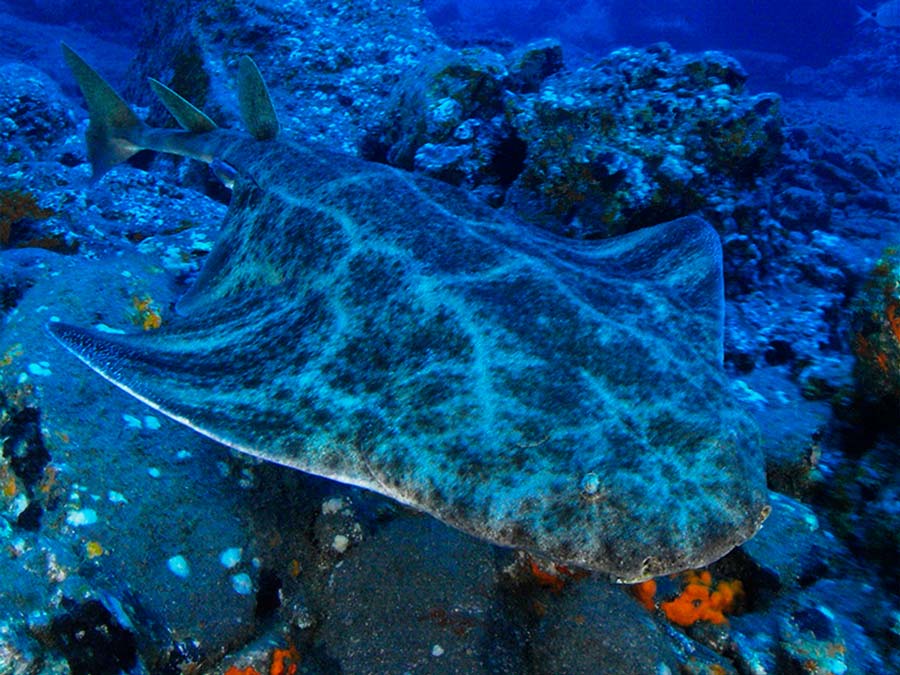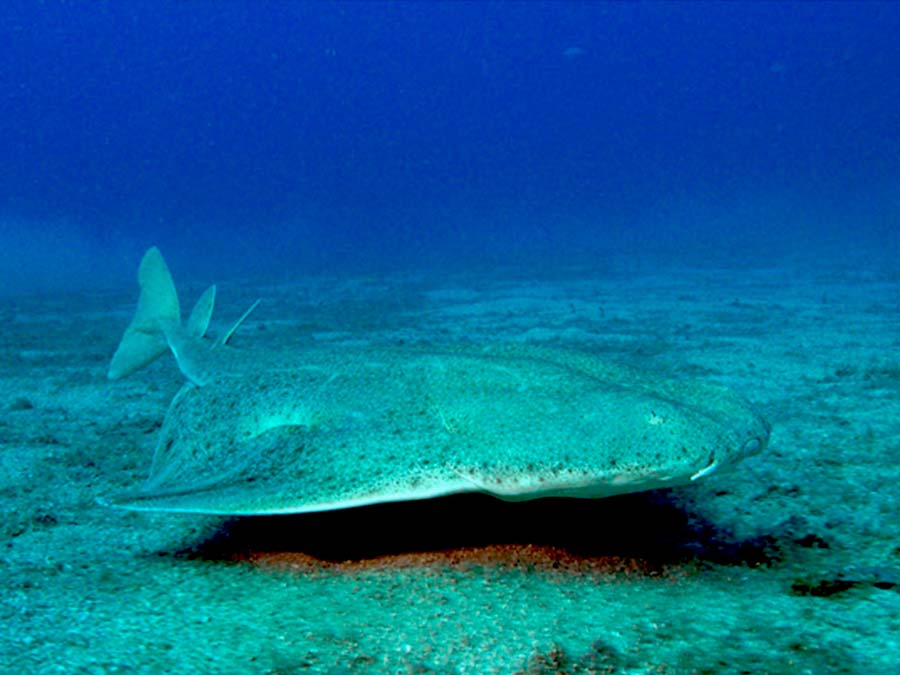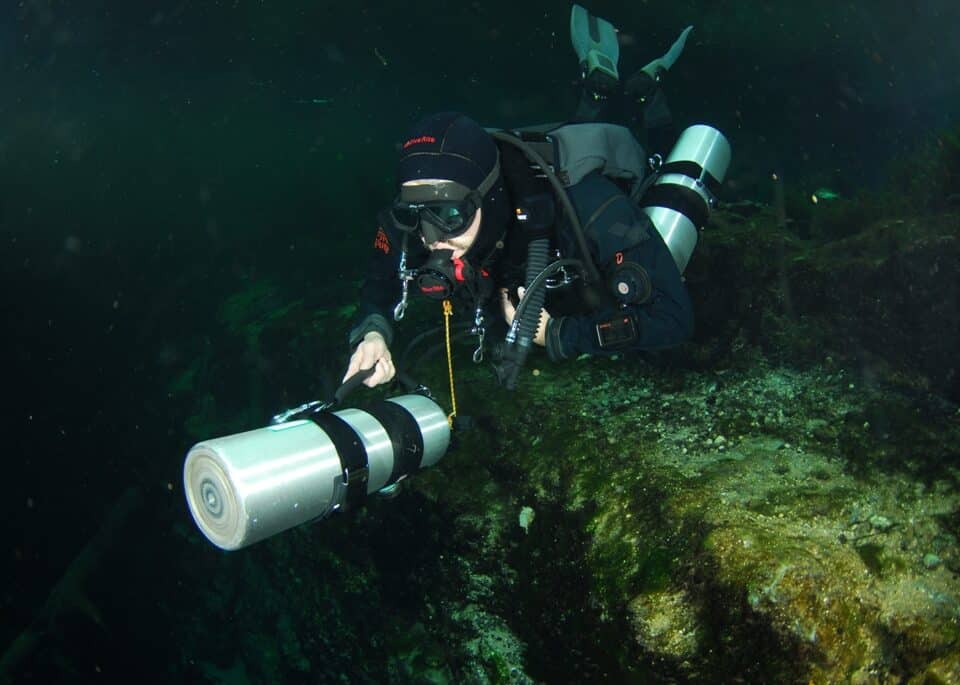Angel Shark: curiously, someone mixed these two words regarding sharks. It is weird, considering the distorted image that people have of them.
They say sharks are scary!
We say, instead, that the really scary thing is a world without sharks.
Last October 22nd, the Sharks International 2022 event was held in Valencia, Spain, where more than 400 international experts discussed how to stop the mass extinction of sharks.
Regarding our friend, the angel shark is considered one of the most endangered sharks in the Atlantic, which is no small feat considering the shark population has declined by 70% in recent decades.
At Dressel Divers, we believe that knowing deeper about the animals that inhabit the oceans is the first step to loving and respecting them. That’s why we write articles offering information about the animals we see in the Caribbean on a daily basis.
We have talked about the bull shark and whale shark. Today we will discover the following fun facts about the angel shark.




